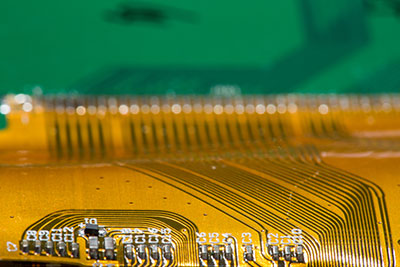Contents
- 1 Prepare and Clean the Base Material of Rigid-flex PCB
- 2 Generate Circuit Pattern for the Rigid-flex PCB
- 3 Etch the Copper Laminate with Circuit Pattern of Rigid-Flex PCB
- 4 Precisely Drill Holes in the Rigid-flex PCB
- 5 Through-hole Plating
- 6 Protect the Rigid-Flex with a Coverboard or Cover lay
- 7 Cutting of Rigid-Flex PCB
- 8 Electrical Tests and Verification of final Rigid-Flex PCB
- 9 Summary
Prepare and Clean the Base Material of Rigid-flex PCB
You should begin the rigid-flex PCB manufacturing by cleaning/preparing the laminate for a rigid-flex board. The laminate consists of a copper layer with adhesive or adhesives coating. It should be scrubbed carefully before using it for further rigid-flex PCB manufacturing processes. This pre-cleansing is crucial as, generally, copper coils are covered by anti-tarnish layers for oxidation protection. However, this protective layer is an obstacle to rigid-flex PCB manufacturing, and we need to deal with it.
Now, if you are wondering how you can get rid of this layer, it is simple. Many PCB manufacturers naturally follow these three steps,
1. First of all, you need to immerse the copper foil into an acid solution completely. If you do not have that, you may subject it to an acid spray.
2. Next, you would treat the copper coil with sodium persulphate solution to micro-etch it.
3. In the end, you would need to coat the coil using suitable kinds of oxidation agents widely. It would help you in preventing oxidation and adhesion.
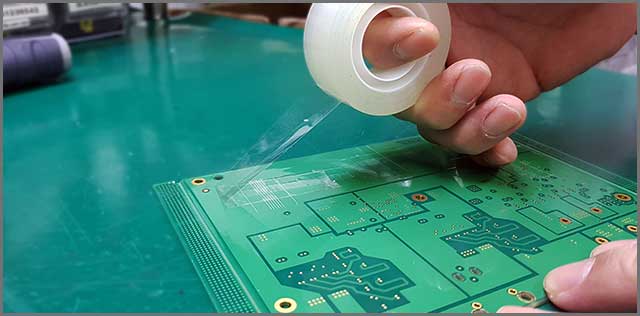
Generate Circuit Pattern for the Rigid-flex PCB
The second step of manufacturing the rigid-flex PCB board is to generate circuit patterns. Remember, always after finishing the laminate preparation. These days, the following two methods mainly generate the circuit pattern:
1. Screen Printing – This method directly produces the desired circuit deposits/patterns onto the laminate surface. It is also the reason for its popularity. You would get a total thickness of the circuit pattern of not greater than 4–50 microns.
2. Photo Imaging – This is an ancient technique, but it is still very famous for portraying the circuit patterns onto the laminate surface. You would need to place a dry photoresist film comprising of the required circuit pattern close to the laminate. After that, you must expose this assembly to UV light.
It will ensure that the circuit pattern transfers to the laminate from the photomask. Finally, you would need to use a chemical to remove the film. Then, only the laminate with the required circuit traces remains.
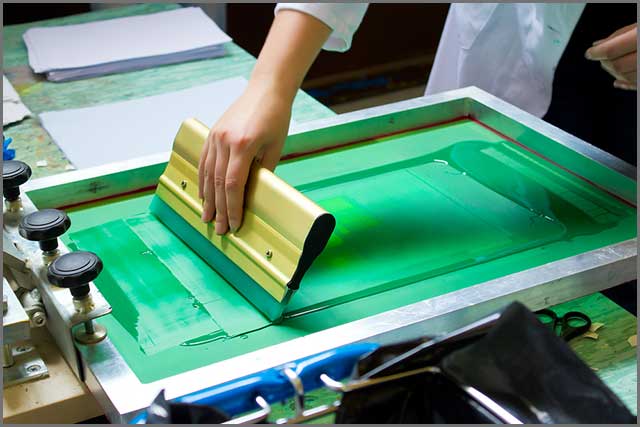
Etch the Copper Laminate with Circuit Pattern of Rigid-Flex PCB
After you have generated the circuit pattern, the next step would be to etch that copper laminate. For rigid-flex PCB manufacturing, you may immerse the laminate into an etch tank, or you can also spray it with an etchant solution. Furthermore, you need to engrave both sides of the copper laminate simultaneously. Only then you would be able to get the required results.
The etch resist that you will coat onto the film surfaces will be photosensitive. Therefore, before using it for chemical etching, the required mask pattern will be exposed and create an anti-etchant. Now, as soon as you etch the exposed copper, you will use a chemical to strip the etch resist from the rigid-flex PCB.
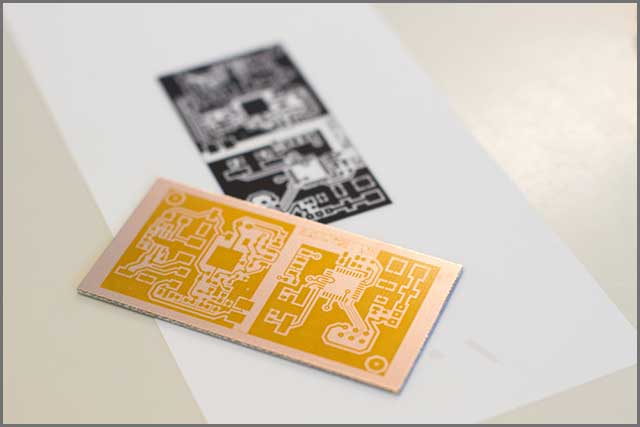
Precisely Drill Holes in the Rigid-flex PCB
Now that you have engraved the copper laminate, you are all set to begin drilling. You would drill holes, vias, and pads according to the client is requirements. As a rigid-flex PCB manufacturer, you must use advanced equipment for accurate and precise holes. The high-speed drilling machines are available in the market for such purpose.
If the client requires you to create ultra-small holes, you may use the laser drilling methods. These techniques are available for rigid-flex PCBs. Generally, Carbon-dioxide and Excimer YAG laser are present for drilling medium and small level holes rigid-flex PCB.
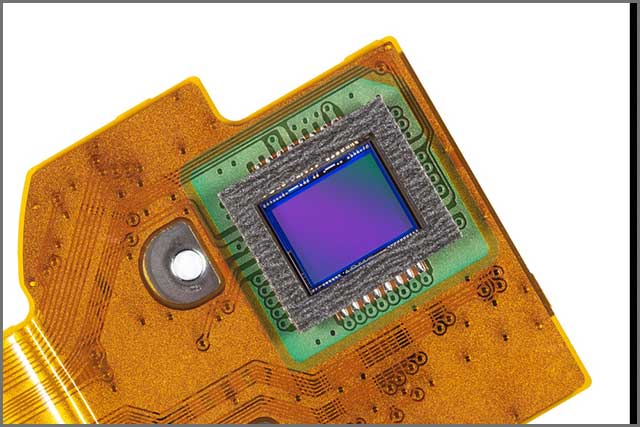
Through-hole Plating
The fifth step is one of the critical stages of manufacturing a rigid-flex PCB. You must carry it out with extreme care and precision. In through-hole plating, you deposit the holes with copper, and then chemically plate them. Both steps are after you drill holes with the required specifications.
The deposition of copper is similar to the testimony of rigid PCB holes, which we call compound. Rigid plate through hole recommended plating thickness is not less than one million miles.
It is to enhance the mechanical support of the via or pad. On the contrary, a typical cheap rigid-flex PCB can have about ½ mil composite. This step would allow the flow of current as a layer to layer electrical connection forms.
Protect the Rigid-Flex with a Coverboard or Cover lay
Next, you must apply a cover layer on the top, and the bottom surface of rigid-flex PCB. will protect it. The rigid-flex board will essentially get protection from harsh chemicals, violent climate conditions, and solvents.
For a cover lay material, rigid-flex PCB manufacturers mostly utilize a polyimide film along with an adhesive. Screen printing imprints cover lay material onto the surface of a rigid-flex board. Then, you need to subject it to UV light. For the proper grip of the cover lay cloth with the surface of the substrate, you may laminate the cover boards with specific pressure and heat limits.
Also, it is essential to recognize the difference between the cover lay and cover coat material. The cover layer is a laminated film, whereas, you directly apply the cover coat onto the substrate surface. Now, the decision about which type of coating to use depends upon your application, available materials, and the rigid-flex PCB manufacturing methods. There is no doubt that both the cover coat and cover lay enhance the electrical integrity of your rigid-flex PCB.
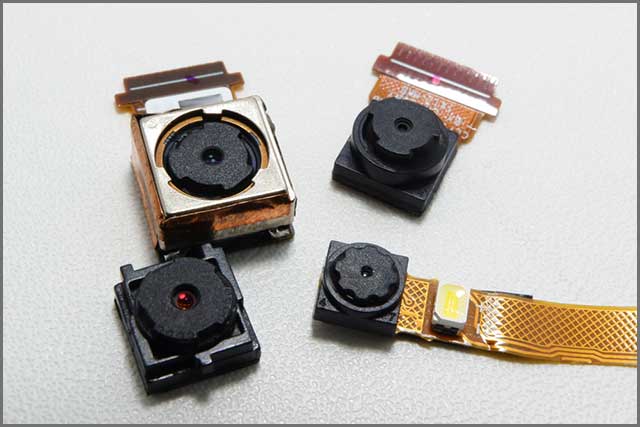
Cutting of Rigid-Flex PCB
The second last step is the cutting of a rigid-flex PCB board. You should carry out blanking or cutting of rigid-flex board with extreme caution. As a rigid-flex PCB manufacturer, you may select hydraulic punching and die set method for manufacturing rigid-flex boards in high numbers.
Nonetheless, we would not recommend its use for small production runs or prototyping. It is because of its high tooling expenses. As an alternative, you can use a specialized blanking knife for developing rigid-flex PCB prototypes in a small number.
The blanking knife is a long razor blade, Made rigid-flex circuit shape. After that, it attaches to the routed hole in a supporting board (thick plastic like Teflon, plywood, or MDF). For cutting, you would then press the rigid-flex PCB into the blanking knife.
Electrical Tests and Verification of final Rigid-Flex PCB
The final step in manufacturing rigid-flex PCBs is its testing and verification. You would need to apply stringent electrical testing to the rigid-flex PCB board. It will ensure isolation, continuity, quality, and circuit performance according to the design specifications. Currently, flying probe and grid testing methods are popular.
Furthermore, if you know the material properties, it will also assist you with the verification and testing of rigid-flex PCB. For instance, if your product is related to the automotive industry, you should model the moisture, heat, shock & vibe, and chemical properties.
The accurate material properties govern the least permitted bending radius and the product’s reliability. The driving needs that make you select rigid-flex PCB are frequently related to the harsh environment. For instance, cheap personal consumer electronic products are often prone to dropping, sweat, vibrations, and worse.
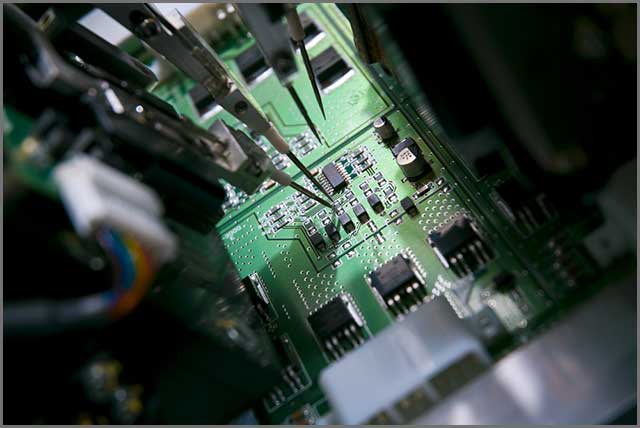
Summary
In a nutshell, as a rigid-flex PCB manufacturer, you must be extremely cautious right from the start. We have summarized all the eight steps that you should follow if you plan on manufacturing a rigid-flex PCB. The steps start form plan, design to the selection of material, developing of rigid-flex PCB, and then its electrical inspection.
If you need rigid-flex PCB manufacturing services, you can contact us, and we can provide technology, materials, and quality services. WellPCB produces rigid and flexible PCB boards with excellent performance and highest reliability.? Contact us now.
